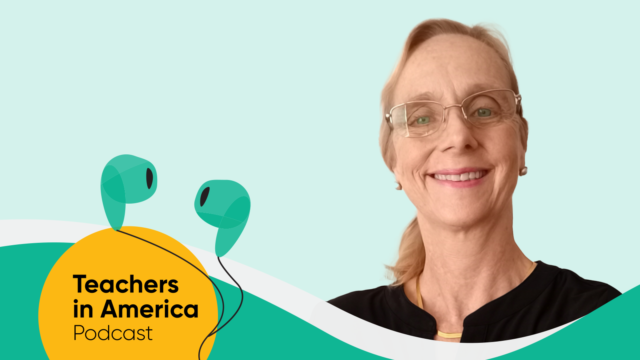
Students sometimes hold the misconception that waves in water are created by the water. Sometimes, they believe that the water is moving. Although that may appear to be true, most waves—and certainly the waves most children see—are actually generated by wind. As wind travels across the water’s surface, it pushes against the water, and energy in the wind is absorbed by the water. Water waves and other wave types alike, including electromagnetic and sound, transfer energy.
You can help your students by challenging their misconceptions with these activities that use easy-to-find materials and provide guiding questions and instructions for you. In each activity, students will do some modeling of waves and make observations to deepen their understanding of wave properties.

***
Learn more about HMH's K–12 science programs, which are designed to encourage student-directed learning and deeper understanding of concepts.
Related Reading
















